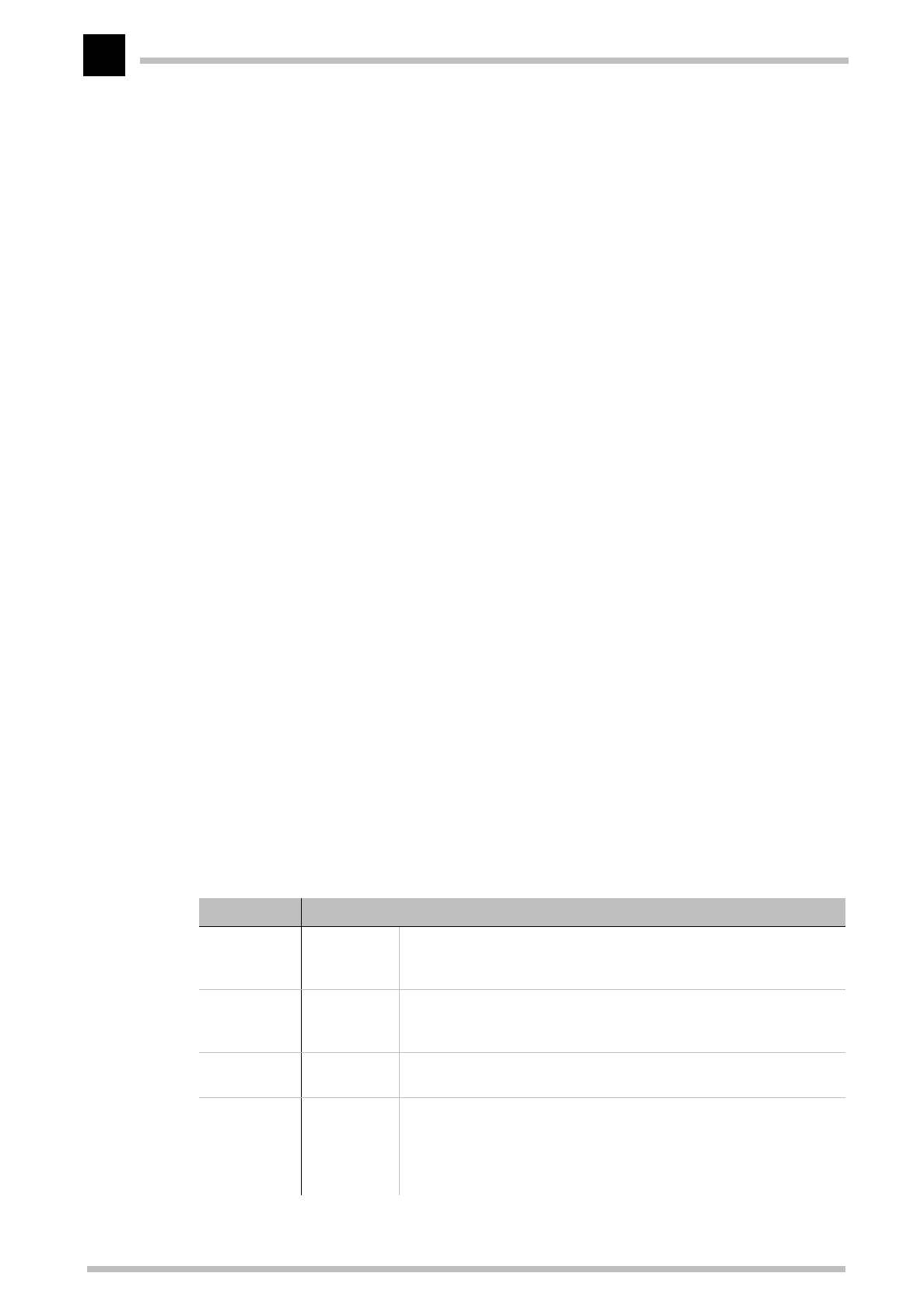
Technical basics
ELSA MicroLink Cable
54
And you can also see that there are more bits available to identify the individual hosts in
a connected network if there are fewer bits in a netmask that contain a one. While only
254 different addresses could be allocated in the first example with the netmask
255.255.255.0, the second example has as many as 254x254 = 64516 different addresses
available! The first and the last digit of an address space are reserved for the network
address and the broadcast address (addresses for packets to all hosts in an IP network).
In the netmask 255.255.255.0 this is the '0' for the network address and the '255' for the
broadcast address.
A new notation of the netmask simply attaches the number of bits available for the
network address to the IP address: 137.226.4.101/24. The number after the slash tells
us that the first 24 bits indicate the network address. This notation reduces the length
of the entries in the routing tables.
IP address
management
The IP addresses must be unique within a specific network in order to avoid confusion.
Since the Internet is based on TCP/IP and thus uses IP addresses for its millions of
connected computers, all Internet addresses must also be unique. Bodies exist that
manage and distribute these publicly-accessible addresses. Since the number of IP
addresses theoretically available is limited, these distributing bodies charge high rates
for the addresses.
Private address
spaces
A range of IP addresses are reserved for use free of charge (private address spaces) so
that companies do not have to purchase individual IP addresses for every workstation. In
a closed network, these addresses can be used as desired, in a private network or
company, for example. The same address can be used in other closed networks (e.g. in
different companies), but the addresses within one network must be unique.
However, these reserved IP addresses must not be made public (on the Internet). Only
those devices in a network that are connected to a public network (e.g. the router at the
interface to the Internet) must have a registered IP address.
The allocation of IP addresses by the IANA (Internet Assigned Numbers Authority)
permits the following address ranges to be used for private use:
IP address Netmask Remark
10.0.0.0 255.0.0.0 “10” networks: All IP addresses beginning with 10. and whose mask
begins with 255. belong to the address range reserved for private
use.
172.16.0.0 255.240.0.0 All IP addresses beginning with 172.16.–172.31. which are associ-
ated with a net mask greater than or equal to 255.240.0.0 are within
the address range reserved for private networks.
192.168.0.0 255.255.0.0 All IP addresses beginning with 192.168. and whose mask begins
with 255.255. belong to the address range reserved for private use.
224.0.0.0 224.0.0.0 All IP addresses beginning with a 224 which are associated with a
net mask also beginning with 224 are within the reserved address
range.
This range is reserved for broadcasting purposes and should not be
used for private networks.


















